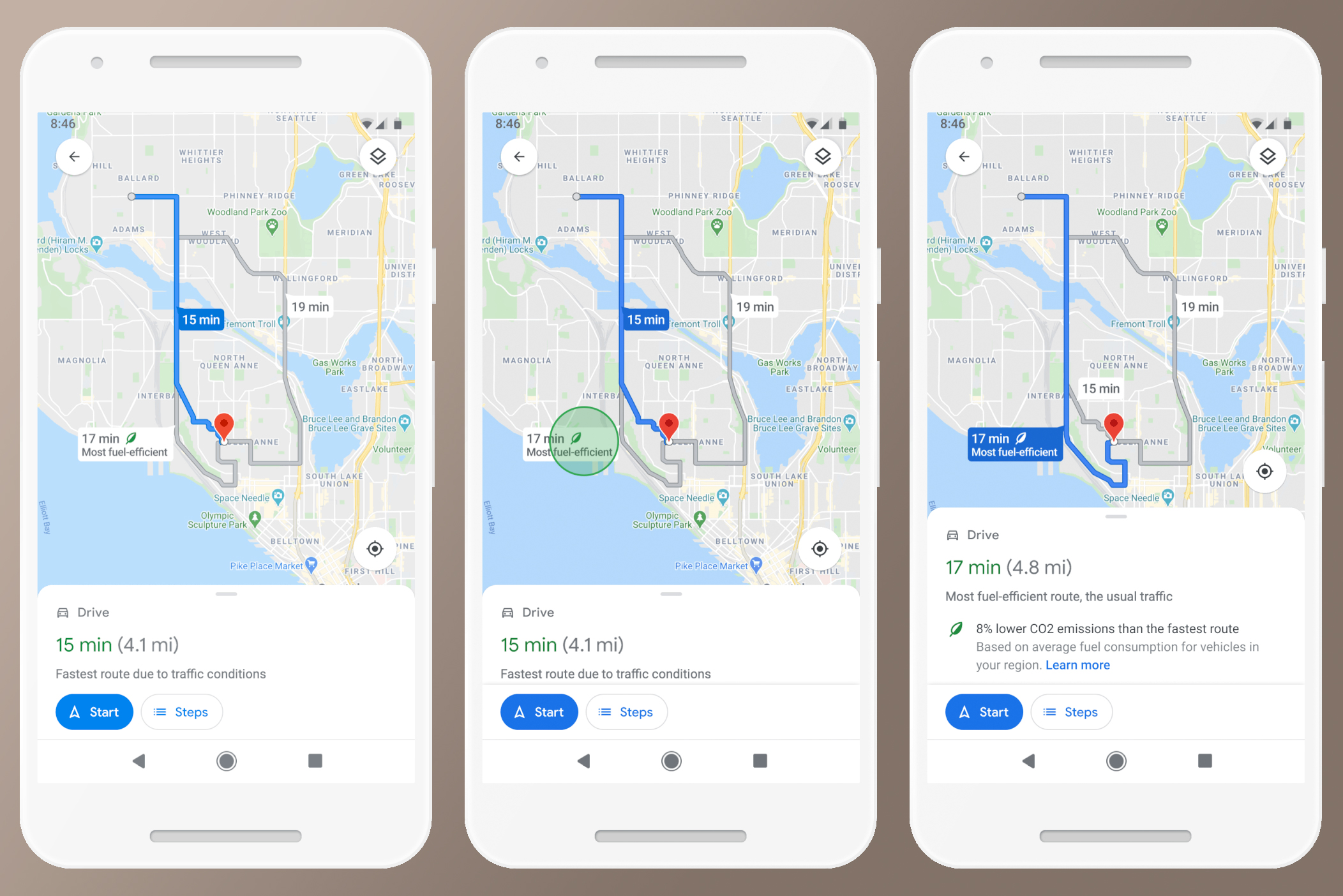Snapshot
- Maps will offer most environmentally-friendly route among choices
- Low emission zone alerts also to come
- US market first to have it, followed by Europe
Google Maps now lets users in the United States choose the route to their destination which has the lowest carbon footprint, as part of a bid to make itself more environmentally friendly.
The American internet giant announced the new model, which works out which route is best to take based on factors such as; fuel consumption, road inclines, and traffic congestion, is now available in its home nation – with a European rollout expected next year.
As of Wednesday, Google Maps in the US will automatically default to the route with the lowest carbon footprint when it has approximately the same estimated arrival time as the fastest option when using Apple and Android devices.
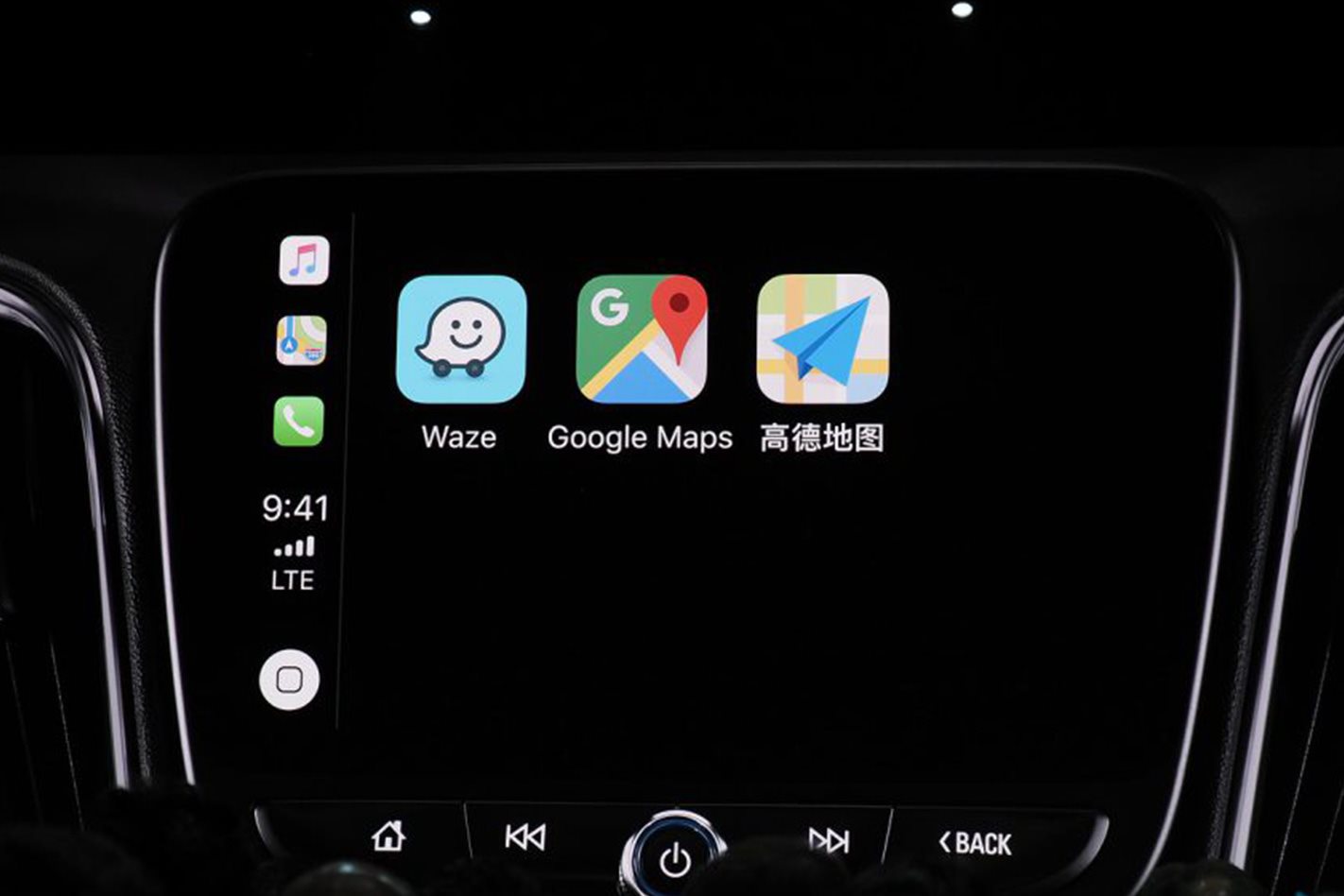
If the eco-friendly path would significantly increase overall travelling time for the user, the app will let them compare the CO2 impact and choose which way they’d prefer to go – if someone only ever wants the fastest route, they can adjust their preferences in the settings.
Google’s chief executive, Sundar Pichai, said the new method could save one million tonnes of carbon dioxide a year – the equivalent of taking 200,000 cars off the road.
“Travelling by car is one of the more carbon-intensive choices people make on a daily basis. Starting in the US, and in Europe in 2022, Google Maps will let you choose the route with the lowest carbon emissions if it isn’t already the fastest one,” said Pichai in a statement.
The move is part of Google’s commitment made last year to help its customers reduce their carbon footprint. Other such developments made in its Maps include alerts to tell drivers when they are about to enter a London-esque low emission zone and whether their vehicle is even allowed in such an area – aiding them with finding another route if not.
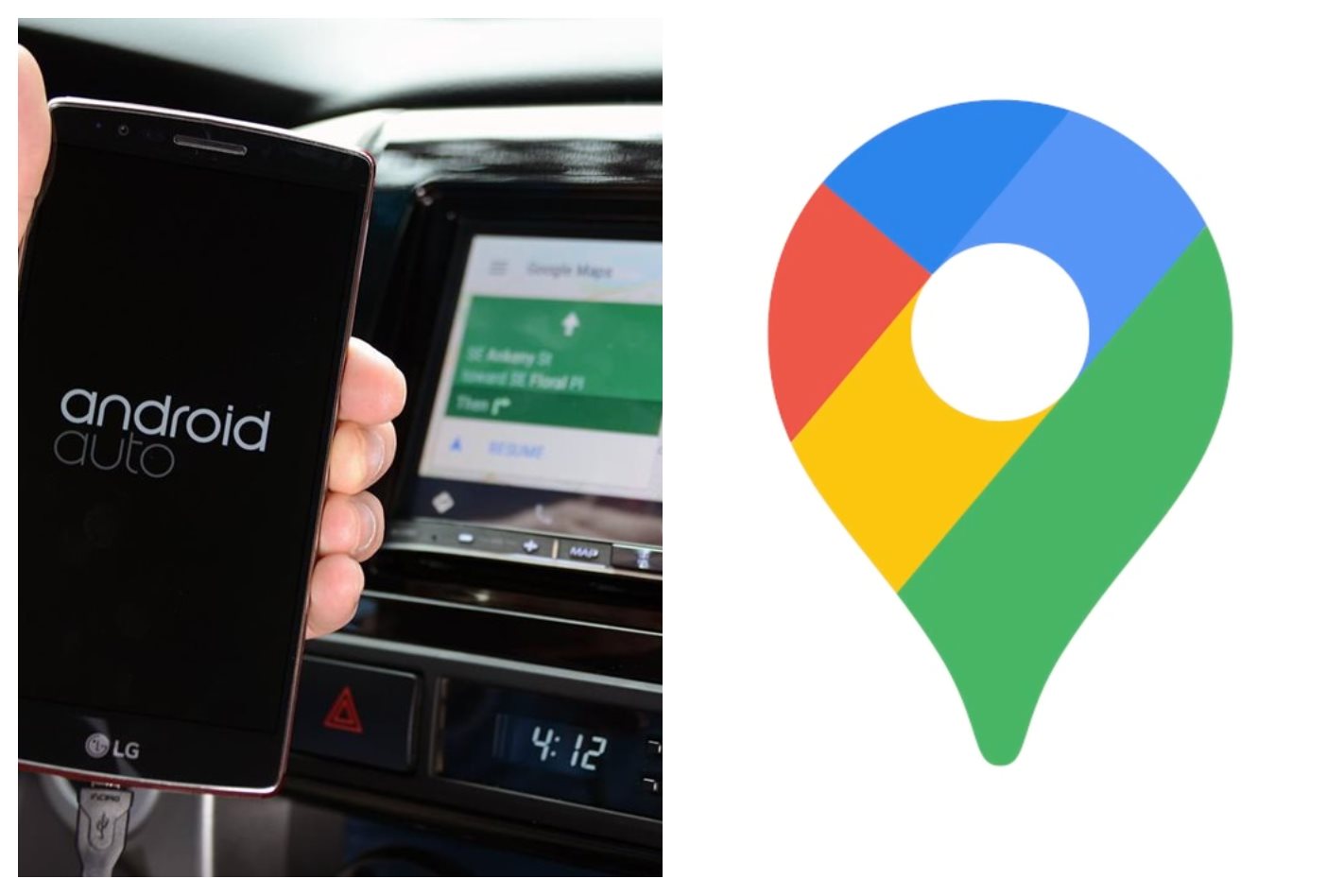
The feature already launched in June this year in Germany, the Netherlands, France, Spain, and the UK, with other countries set to benefit in the near future.
In addition Google has updated the app to offer travellers a broader view of all routes and modes of transportation at once – allowing them to compare how long a journey will take by car, public transport or bike, for example, without having to switch between tabs to find out. Using advanced settings, it will also automatically prioritise preferred ways of travel.
As yet there is no official confirmation of when Australians can expect to get any of these features – all we know so far is that “global expansion on the way”.
Wheels has contacted Google for comment.
We recommend
-
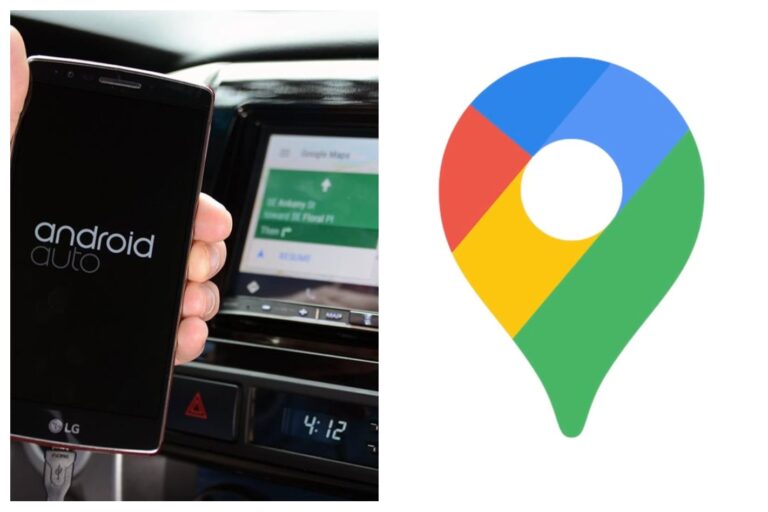 News
NewsWill Android Auto still work if Google pulls out of Australia?
As the Australian Government and Google clash, Android Auto and Google Maps should remain safe
-
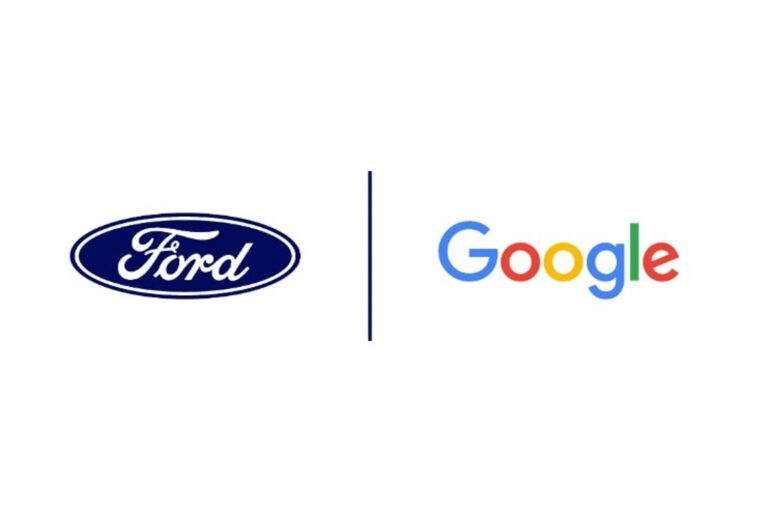 News
NewsFord, Google partner up for in-car technology – and Australia is in the mix
Hey Google! Ford teams up with the world’s biggest tech company to develop future in-car entertainment
-
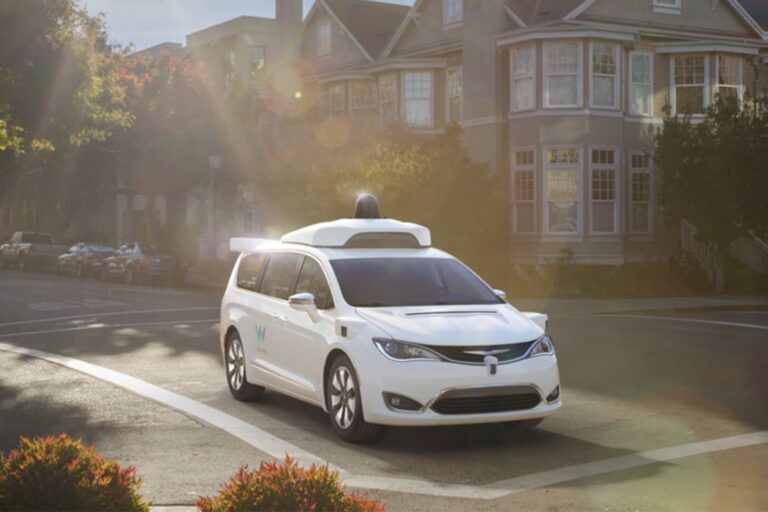 News
NewsGoogle self-driving cars get passengers
A decade after beginning its autonomous vehicle project, Google is finally enlisting passengers to be part of its self-driving research.


